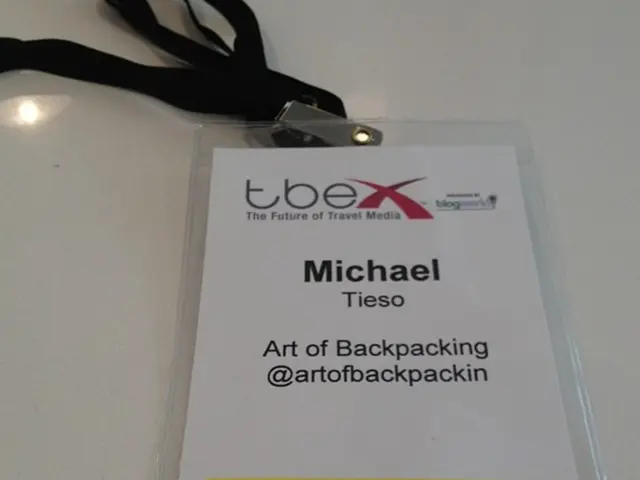HugeData Leak Unveiled: 1.1 Million Allianz Life User Records Compromised
A significant data breach at Allianz Life, a primary insurance provider, in July 2025 has underscored the growing threat landscape facing Software-as-a-Service (SaaS) platforms, particularly Customer Relationship Management (CRM) systems.
The breach targeted Allianz Life's Salesforce CRM platform and exposed multiple Personally Identifiable Information (PII) data points, including email addresses, full names, phone numbers, physical addresses, dates of birth, and gender information. The attack vector specifically employed advanced social engineering techniques, likely through phishing emails or vishing calls, to deceive Allianz employees into providing access credentials or sensitive authentication tokens.
The incident was one of the most significant insurance sector data exposures this year and has highlighted critical vulnerabilities in third-party cloud services. It underscores the growing threat that SaaS platforms face, as attackers exploit human vulnerabilities to gain access through trusted third-party vendors rather than directly breaching an organization's own internal perimeter.
The breach exposed six categories of customer data, affecting over 1.4 million individuals, including customers, financial professionals, and some employees. Attackers impersonated IT helpdesk staff to trick an employee of a third-party CRM vendor (likely Salesforce) to gain insider-level access. They then used tools like Salesforce Data Loader to exfiltrate personal data.
The Prevalence of Social Engineering Attacks on SaaS Platforms
Sophisticated social engineering attacks on SaaS platforms like Allianz Life's CRM system are increasingly common. Numerous large brands worldwide have faced similar third-party breaches in recent years, exposing millions of records via social engineering and forged insider access. Groups like "Scattered Spider" (tracked by Google as UNC6040) and others specialize in voice phishing (vishing) and other social engineering to compromise Salesforce and related systems, indicating a systematic rise in these attack vectors.
Measures Organizations Can Implement to Improve Security Against Such Attacks
- Strengthen Third-Party Risk Management (TPRM): Organizations must rigorously evaluate and continuously monitor their SaaS providers and third-party vendors for security practices, focusing not just on technology but on their internal employee policies and access controls.
- Enhance Employee Awareness and Training: Regular and scenario-based training for both internal staff and third-party personnel can reduce susceptibility to phishing and impersonation attacks.
- Implement Strong Identity and Access Controls: Use multi-factor authentication (MFA) on all SaaS access points, particularly for critical systems like CRM platforms. Enforce least privilege access so employees and third-party users can only access data necessary for their role. Monitor for unusual access or bulk data export behavior.
- Deploy Monitoring and Detection Tools: Utilize anomaly detection and behavior analytics on SaaS platforms to identify suspicious activities such as unexpected data downloads or configuration changes. Conduct regular penetration testing and red team exercises simulating social engineering scenarios targeting third parties.
- Incident Response and Notification Planning: Establish clear communication channels and rapid detection mechanisms to respond swiftly to breaches, minimizing data exposure and complying with regulatory requirements.
- Vendor Contractual Security Requirements: Include explicit security obligations, audit rights, and breach notification clauses in contracts with SaaS vendors to ensure accountability and transparency.
The Allianz Life breach demonstrates that while internal IT systems might remain secure, attackers shift focus to the ecosystem of third-party SaaS platforms, exploiting social engineering to bypass conventional defenses. Organizations that adopt a holistic security posture—including human, technical, and third-party risk components—are better positioned to prevent and mitigate such sophisticated attacks.
Allianz Life has implemented immediate incident response protocols, including access control reviews, credential rotation, and enhanced multi-factor authentication (MFA) across its Salesforce environment. The company is also working with cybersecurity firms to conduct forensic analysis and threat hunting activities to identify potential Advanced Persistent Threat (APT) indicators. The breached data has been officially added to the Have I Been Pwned database on August 18, 2025.
Security experts recommend that affected individuals implement password rotation across all accounts, enable two-factor authentication (2FA), and monitor for identity theft indicators. The breach serves as a reminder of the importance of zero-trust security architectures in modern enterprise environments and the need for robust Security Awareness Training (SAT) programs. It also emphasizes the critical role that both organizations and individuals play in safeguarding their digital identities and data in today's interconnected world.
Read also:
- Urgent Action: Users of Smartphones Advised to Instantly Erase Specific Messages, as per FBI Admonition
- Latest Update in Autonomous Vehicle Sector featuring Applied Intuition, Hesai, Plus, Tesla, Pony.ai, and Wayve
- Challenges impeding the implementation of AI, as cited by Chief Information Security Officers, along with potential solutions
- North Korean Cyber operatives utilized over thirty false identities to infiltrate and participate in cryptocurrency initiatives.







